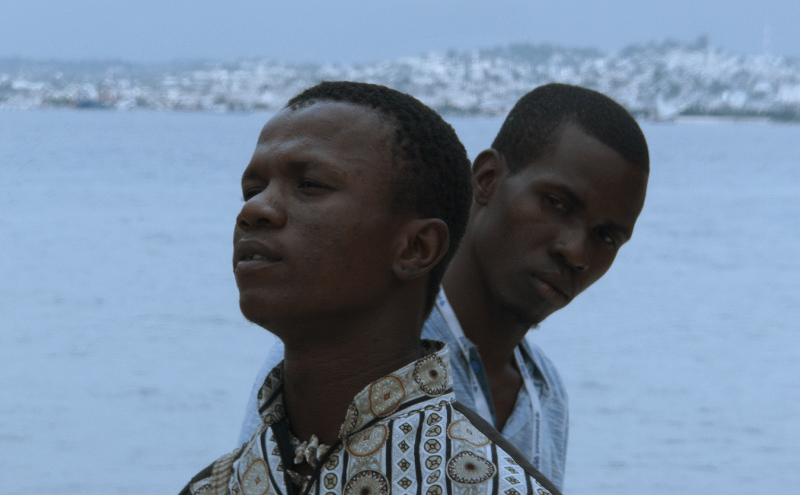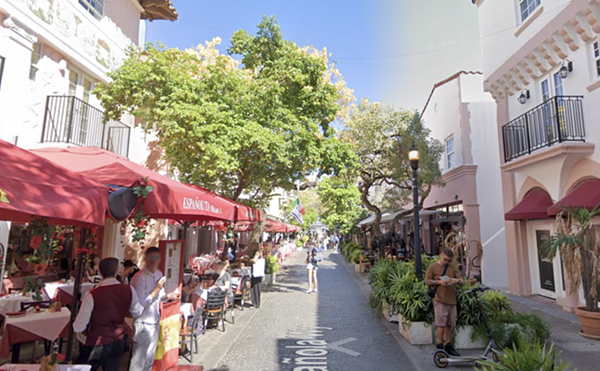"If one does not read the wall labels," contends Coppin, an assistant professor in the art and art history department at the University of Miami, "then you really can't tell what pictures are made in Senegal and which images are made in Cuba and which images are made in Barbados." Or, for that matter, which pictures were made in the United States, the fourth country where Coppin photographed.
Seventy-five of Coppin's images, half of them from Senegal, constitute "Materia Oscura/Dark Matter," an exhibition now on view at UM's Lowe Art Museum (1301 Stanford Dr., Coral Gables). The show's title refers to invisible cosmic material, a phenomenon that Coppin has copped as a metaphor for his photographs. "Dark matter is this thing which is sort of speculated but which scientists cannot prove [exists]," he explains. "They cannot see it with a telescope, but they can observe its forces exerting a significant influence on surrounding objects."
Coppin, 50, who grew up in New York City's South Bronx and moved to Miami four years ago to teach at UM, readily admits to trying to advance a political agenda with his photography. "Much of our understanding of the black world -- new world and old -- is a construction of visual imagery," he notes. "Much of what we know is through the media, and too often the only images that we see of the black community across the diaspora are negative."
He hopes that his images can at least counter such narrow interpretations in the media, as well as dispel the notion of Africa as "a primitive and rural continent" that persists in many people's minds. "When I go to Africa," he says, "I go to urban centers -- I'm not interested in rural communities. Africa has some of the largest cities in the world. I'm interested in the notion of pan-Africanism."
According to Coppin, Western nations, especially the U.S., have virtually ignored Africa in the past, oblivious to its social, economic, political, and health calamities. He does not exempt American blacks from this criticism: "I think that it's partly due to the fact that African Americans themselves have not done more to encourage the political leadership and to encourage the business community to do things that would help to change some of the circumstances of the continent. No matter where we have been blown and spread across the diaspora, our roots are still in Africa. For me, this is a message that I want to send to the African-American community."












